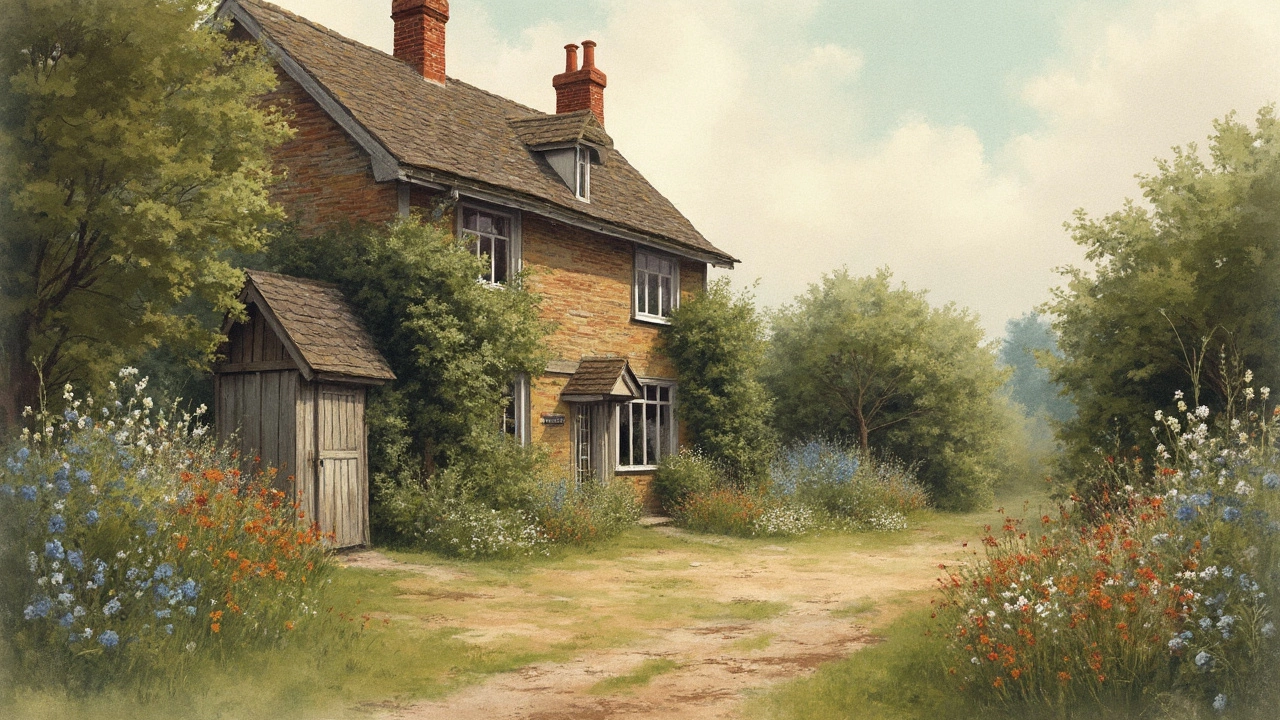Historical Homes: Rustic Furniture Tips and Modern Mixes
Living in a historic house feels like stepping back in time, but you still want today’s comfort. The trick is picking pieces that respect the old walls while giving you a cozy spot to relax. Below are practical ideas that let you keep the charm and add a touch of modern ease.
Choosing the Right Pieces for a Historical Home
Start with the big items – sofas, dining tables, and bookcases. Look for solid hardwood frames because they age well and match period details. A sofa with a sturdy hardwood frame and high‑density foam will survive kids, pets, and years of use, just like the guide on durable sofas explains.
When you spot an antique bookcase, notice any chains or metal brackets. Those were added for security in older libraries and can become a conversation starter in your living room. The article on old bookcase chains shows how the hardware adds character without sacrificing storage.
Mixing Modern Comfort with Classic Charm
Don’t be afraid to pair a modern leather chair with a vintage rug. A leather seat offers easy cleaning and longevity, while the rug brings warmth to stone floors. The same principle works for coffee tables – a sleek metal stand beside a reclaimed‑wood top keeps the look balanced.
Think about lighting too. A simple LED floor lamp can sit beside a centuries‑old fireplace without looking out of place. It gives you bright, energy‑saving light while the mantel stays the focal point of the room.
Every piece you add should have a purpose. A storage bed, for example, can hide blankets and linens without cluttering a narrow hallway. Just remember the storage‑bed mistakes guide – avoid storing damp items that can damage the wood.
When choosing colour, stick to muted tones that echo the original plaster and timber. A soft sage wall or creamy white ceiling lets your furniture stand out without clashing with historic details.
Finally, consider sustainability. Rustic Social offers handcrafted items made from reclaimed wood and eco‑friendly fabrics. Picking these pieces supports a greener approach and matches the story of an old home that’s been given new life.
Mixing the old with the new doesn’t have to be tricky. Pick solid, durable basics, add a few modern comforts, and let the history of your house shine through. You’ll end up with a space that feels both timeless and livable.
Why Do Old Houses Have Toilets Outside? Exploring Historical Wardrobe Choices
The peculiar placement of toilets outside old houses raises questions about past lifestyles and practicalities. Discover the reasons behind this architectural choice, including sanitation practices, historical construction methods, and climate influences. Learn how these factors affected wardrobe design in historical homes, and get tips on maintaining these unique features. The article provides insights into the practical and cultural aspects of outside toilets in historical contexts.
More
